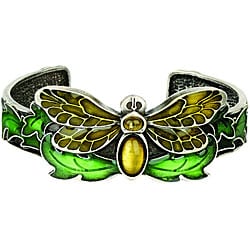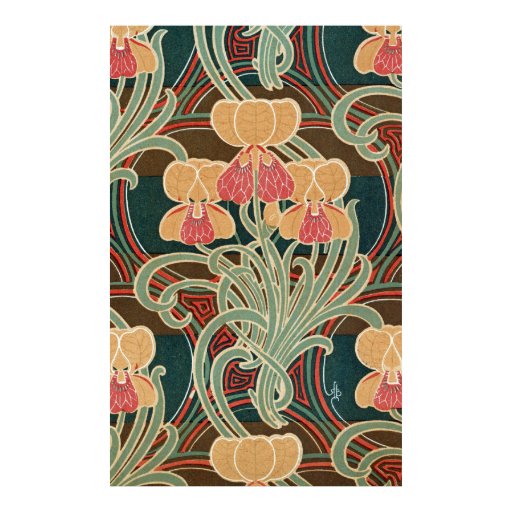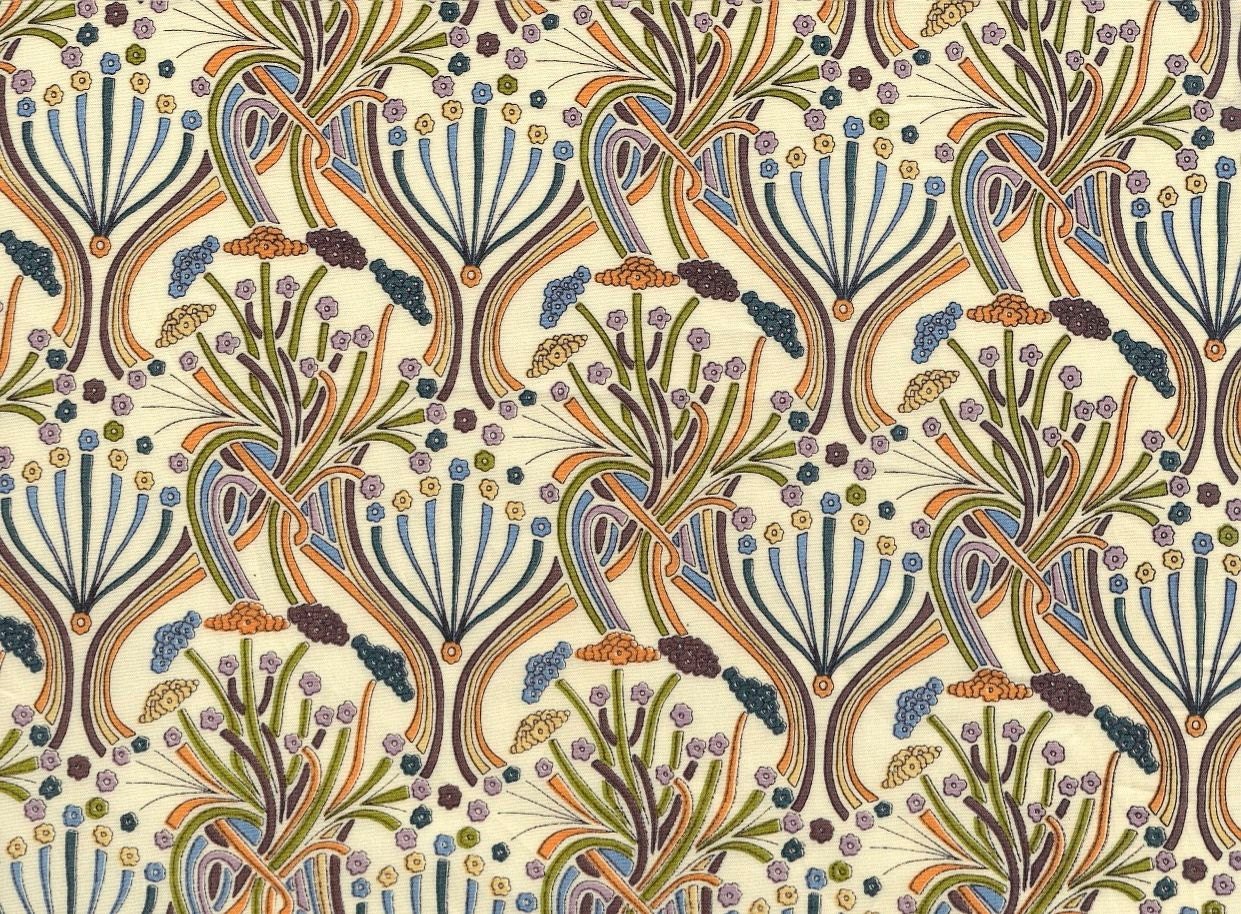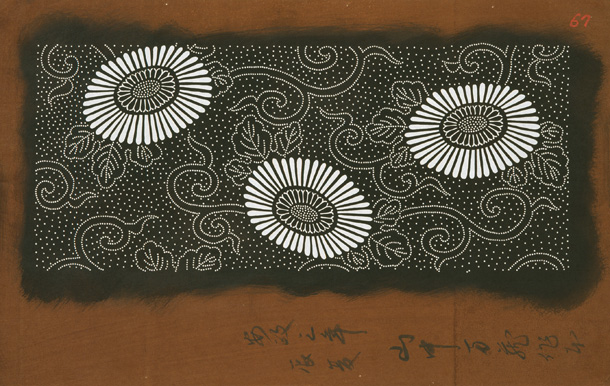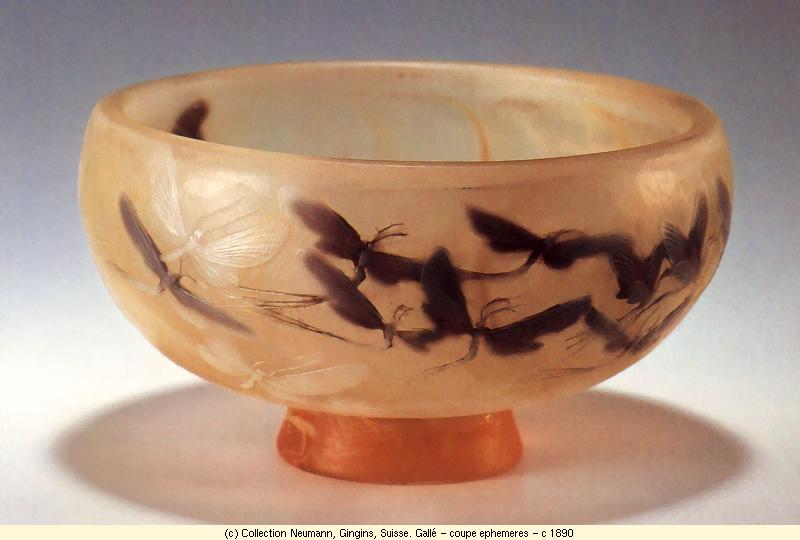Modernism
Modernism
was the leading design movement of the twentieth century. Modernism emerged due
to growth in industrialization that happened from the nineteenth to the
twentieth century. When the war was over, as the movement was started to grow,
modernist theories and principles had an enormous influence in the planning of
rebuilding a lot of the European cities. Le Corbusier’s work represents the
best under-lying principles of modernism. Other prominent early modernists are
Walter Gropius, Adolf Loos, Peter Behrens and Mies van der Rohe.


Most of the
time, the evolution of Modernism is explained architecturally, a symbolic point
of architecture’s influence over craft and design at the time. Modernism
started when people realized that the High Victorian style was a result of
greed and corruption. A. W. N. Pugin and William Morris were amongst the first
Modernists to take the initiative to reform society through a new approach of
design, which promoted the ideas of developing well designed and executed
products for everyday use. Despite the fact that both encouraged craftsmanship
over industrial productions, they also encouraged that the importance of
functionality, simplicity and appropriateness in the designs should be taken
care of. However, they emphasized that the main responsibility of designers and
manufacturers to produce such products. The idea that design could reform
society was going to have a major impact on the evolution of the movement. In
Adolf Loos’ book Ornament und Vebrechen
(Ornament and Crime), he associated excessive decoration with the corruption of
society, while Form ohne Ornament (Form
without Ornament) highlighted the advantages of plain and rationally based
designs. This insistence on the elimination of ornament was an idea promoted by
the de Stijl movement. Whilst Futurism and Constructivism celebrated the
machine, the Bauhaus was led by Walter Gropius to integrate arts and put the
reforming ideals of Modernism into practice.

Adolf loos Glass Service 1931
Modernism
was all about functionalism, using the newest and best materials, and industrial
methods. The Bauhaus had a huge impact on Modernism due to the creation of a
new method of designing things that included everything from interiors and
furniture to ceramics, metal ware, graphics and architecture. An International
Style of Modernism emerged by 1927 and was led by Le Corbusier. The Industrial
Style and minimalism were two separate modernist characteristics of this new
reductivist machine esthetic. Modernism
soon lost its moral ideals, but not everything was lost. Scandinavian designers
such as Alvar Aalto, which his work expressed forms through organic designs,
was a source of inspiration for the new generation of modernist designers.
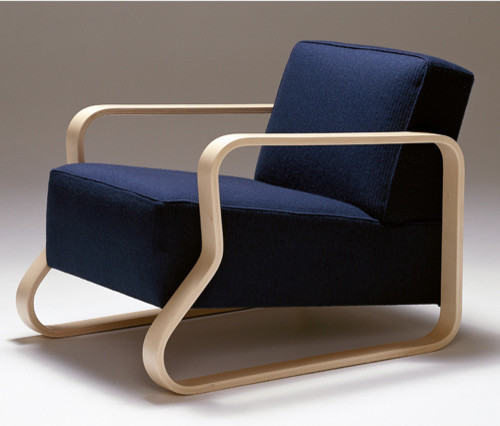
Artek Alvar Aalto 44 Armchair
The
International Style that dominated America’s architecture in the 1920s and 1930s
had since evolved into various confined trends, from Brutalism to
Rectilinearism. With
difference to the majority of design styles, Modernism didn’t have a single
manifesto or “members”, instead it consisted of a variety of different people that
shared the same interest for common values and esthetics. Modernism’s concept
of modernity and eagerness to exploit the latest technology and materials was
expressed with simple forms, use of white space, minimal surface modelling,
smooth lines and lack of decoration.
Banister Back Chair Gothic chair
![[photo] See caption below for details.](http://www.nps.gov/museum/exhibits/elro/gallery/web_exhibit/banchair_ELRO566_exb.jpg)

MR Side Chair by Ludwig Mies van de Rohe

Both chairs above were manufactured in the same period of time, but one can see the big difference between them. The materials used are very different and even the design. The MR Side Chair has a very organic shape and contemporary look, whilst the Banister Back Chair is organic but looks like a chair from the Gothic era.
References:
Folio. 2014. Folio. [ONLINE] Available at:http://arthursfolio.blogspot.com/2010/03/ludwig-mies-van-der-rohe-caned-chair.html. [Accessed 19 November 2014].
Banister Back Chair. 2014. Banister Back Chair. [ONLINE] Available at:http://www.nps.gov/museum/exhibits/elro/gallery/banchair_ELRO566.html. [Accessed 19 November 2014].
Antique Victorian Gothic Oak Chair With Leather Seat | 249814 | Sellingantiques.co.uk. 2014. Antique Victorian Gothic Oak Chair With Leather Seat | 249814 | Sellingantiques.co.uk. [ONLINE] Available at:http://www.sellingantiques.co.uk/249814/antique-victorian-gothic-oak-chair-with-leather-seat/. [Accessed 19 November 2014].
Dark Princess. 2014. Dark Princess. [ONLINE] Available at:http://wandererintears.blogspot.com/. [Accessed 19 November 2014].
Adolf Loos Glass Service | Neue Galerie Design Shop & Book Store. 2015.Adolf Loos Glass Service | Neue Galerie Design Shop & Book Store. [ONLINE] Available at: http://shop.neuegalerie.org/products/loos-glass-service. [Accessed 20 January 2015].
Adolf Loos Glass Service | Neue Galerie Design Shop & Book Store. 2015.Adolf Loos Glass Service | Neue Galerie Design Shop & Book Store. [ONLINE] Available at: http://shop.neuegalerie.org/products/loos-glass-service. [Accessed 20 January 2015].
Houzz.com: Online Shopping for Furniture, Decor and Home Improvement. 2015. Houzz.com: Online Shopping for Furniture, Decor and Home Improvement. [ONLINE] Available at:http://www.houzz.com/photos/products/alvar-aalto-baker. [Accessed 20 January 2015].
